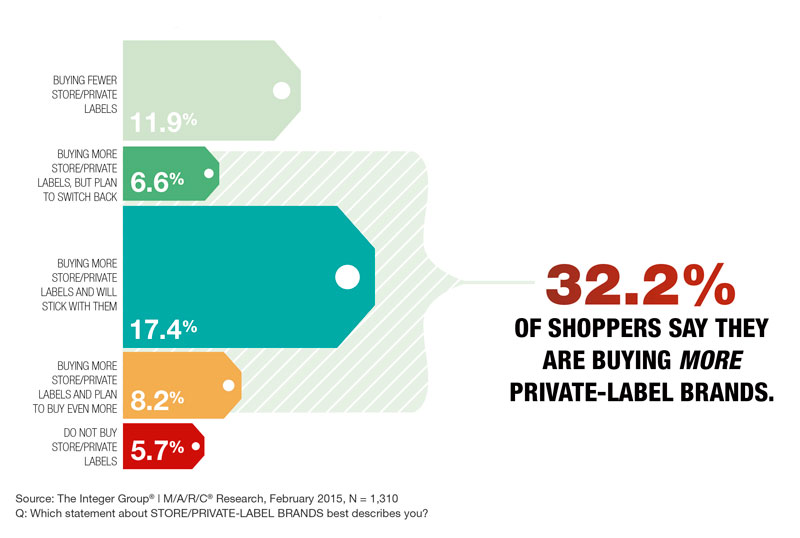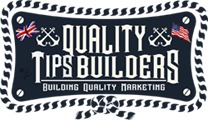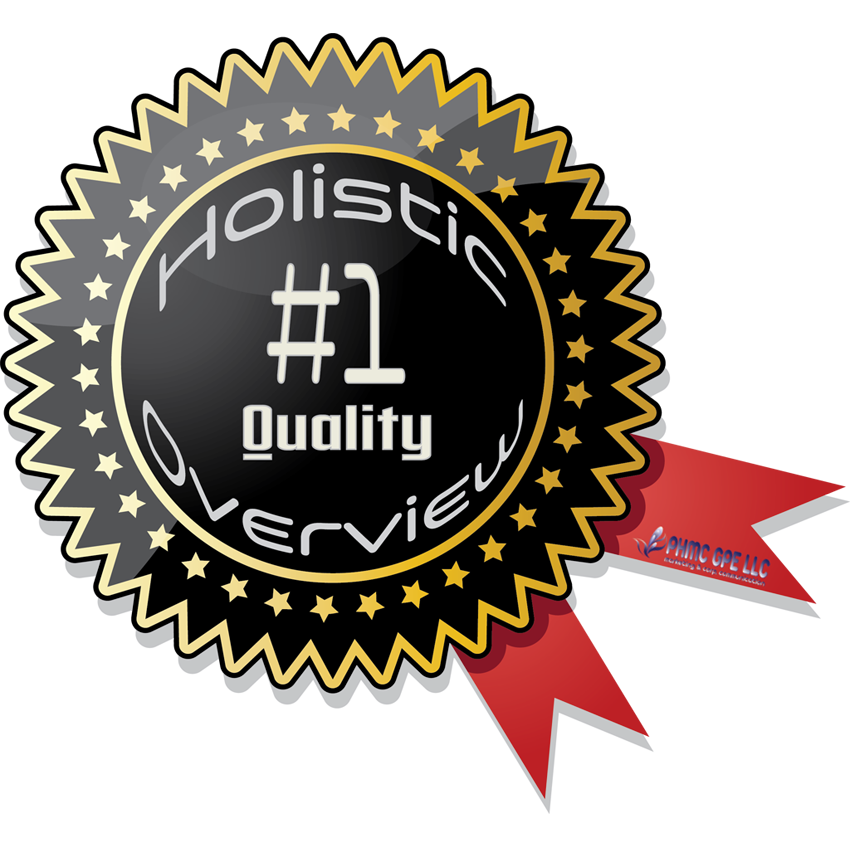Purchase intention is the likelihood of a customer buying the same product again based on their purchase history. Or it can also be the NEED of a product which is driving the customer towards a purchase. Basically, the customer is now intent on buying a product and therefore is a prime potential. Retaining such customers is very important as they are likely to shift immediately to another brand because they are in the “Evaluation of alternatives” stage.
The customer will have their own ideas or their own previous experience on what they want to purchase. For a seller or a business, purchase intention is something that will affect their sales very much. It is very much like a foodie choosing a favorite restaurant over the others because he likes the food there better.
Role of Purchase Intention in Increasing Sales
Purchase intention is one favorable factor that can ensure the long life of any business. As long as the customers want to buy your products, irrespective of the availability of similar products in the market, you can stay alive with steady growth.
Things are not yet so simple though. Purchase intention of any product is a dependent variable. That is, it can change in your favor or against your business with the slightest of changes in any one of the factors that affect it.
This could be like a chain reaction. The success of your business is closely connected with its purchase intention among potential customers. The purchase intention is, in turn, is determined by a number of factors. Let us now see what factors which will affect the purchase intention for any product, with immediate effect!
Example of Purchase intention
One of the best businesses to utilize purchase intention to their advantage is the retail business. Even E-commerce portals use purchase intention smartly. If you visit Amazon website now, and search for a particular product, then Amazon advertises the same products to you, even when you visit some other website. This is done by re-targeting. The essence is – you are a customer with purchase intent, and Amazon wants to show you more and more products so that you purchase from Amazon.
Similarly, we have seen a rise of multi branded and hyper market showrooms more then small showrooms. Why is that? and how do these showrooms make profit? These large showrooms too work on the concept of purchase intention. In essence, any customer that enters these showrooms enters with an intent to purchase. Their key objective is that the customer should buy something or the other. This is why they have retail executives in place who will attract customers to a new range of watches or new perfumes to buy. They might even have lines of impulse buying products, so that even though the customer has no purchase intention for these products, he buys these products on impulse.
Factors Affecting Purchase Intention
A new company in the market, cannot influence the purchase intention of customers who are already looking forward to purchasing a particular brand. Example – I have always been a Macintosh fan and i don't look forward to windows laptops anymore. But on the other hand, i love Android phones so in a phoneshop, Apple will not influence me because i have no purchase intention to buy the same.
Here are a few steps that brands can take to influence the purchase intention of a product :
1. Build a Social Image
To start with, you should build a social face for your products with a brand. And the brand should have a unique personality. The products you supply should be original and not available with anyone else. The whole process of building a brand face requires through planning and implementation of strategies that will counteract the competition.
Marketing campaigns are a huge part of building up a trusted brand. So is the Brand Identity building? Logo, brand mark, design, taglines, brand ambassadors and collaborations with already established brands are methods to build up a media face. People should have an emotional bond with the brand. This will bring in loyal customers for you. Without such an attachment, you could losses your customers to competitors.
2. Build Trust in the brand
Another determinant of purchase intention is trust. This is closely related to the brand itself. The customers should have complete trust in your brand. Time is a major factor that will build trust. If your brand has been in the market for a long time now, chances are you have a greater number of faithful customers.
This is because your business has had time to evolve with the market requirements and grow accordingly. If you look at the most successful of brands out there, such as Puma, Nike or Allen Solly, you will see that they have been here for a very long time now. The customers probably were introduced to these products by their parents or even grandparents. This can build up a strong trust factor.
3. Build word of mouth
Talking of parents and grandparents, a recommendation is another factor which can affect your product’s growth for better or for worse. A potential customer always tends to ask for opinions or suggestion before they buy anything of value.
If they are given positive reviews by your customers, you have a chance to stay in the market further. The negative comments can put off those who have not made a purchase with you yet. This will drive anyway your buyers, which will indeed be a bad thing for business.
4. Quality
To ensure you get positive reviews every single time, the one thing you should supply is quality. Hence, quality of your products is one of the most powerful factors affecting purchase intention.
It is the most important factor because no matter how many recommendations or endorsements your products may receive, a customer who has experience of receiving low-quality products from you once, will not give you another chance. Compromising on the quality you supply or going back to the quality after you have gained a steady customer base are some things which will lead to bad business.
5. Price
Over time, after you have established a place for you in your niche and among the competitors, you may increase the price value of the products. This will not affect the purchase intention of the brand very much. But it could lose you customers who will no longer be able to afford the increases prices. Thus, although price value is a factor which can affect purchase intention, it does not make such a huge impact on any change in quality will cause.
6. Feedback
To maintain the purchase intention of your products among customers, you should invite in more reviews. Taking some feedback will make the customers feel involved in your brand. This will bring in emotional investments from customers, which is a positive factor for you. Additionally, the packaging of your products can make a change.

The seemingly unimportant things like a shopping bag with your logo or brand mark, multiple tags with brand marks, friendly messages or even information about how and where the products were created will make an immense difference. These are steps which will make the customers perceive your brand as more of a human one than just a name.
With these factors in mind, it is important you conduct Severus to know how your brand is performing. Analysis of the kind will let you know about the brand’s purchase intention. You can then make such changes as will render your brand more popular and successful in the market.
Sources: PHMC GPE LLC - Marketing91 - Coffee Break - HO1.us











